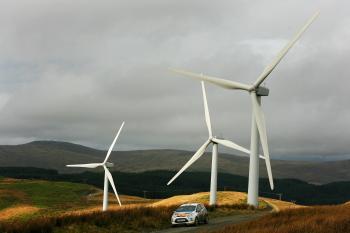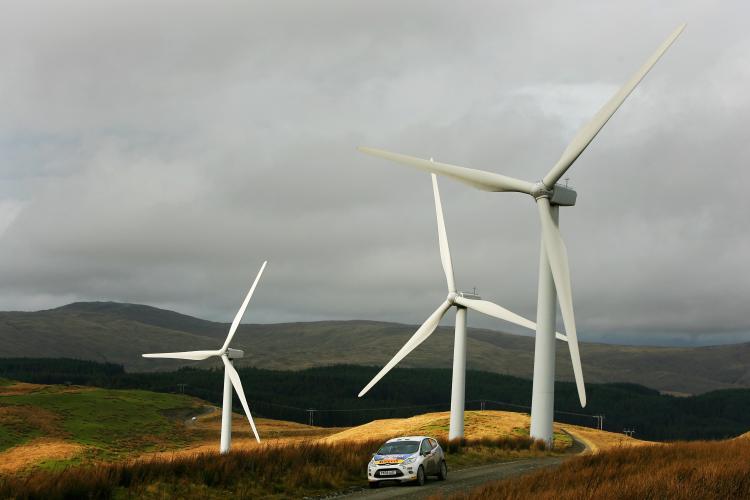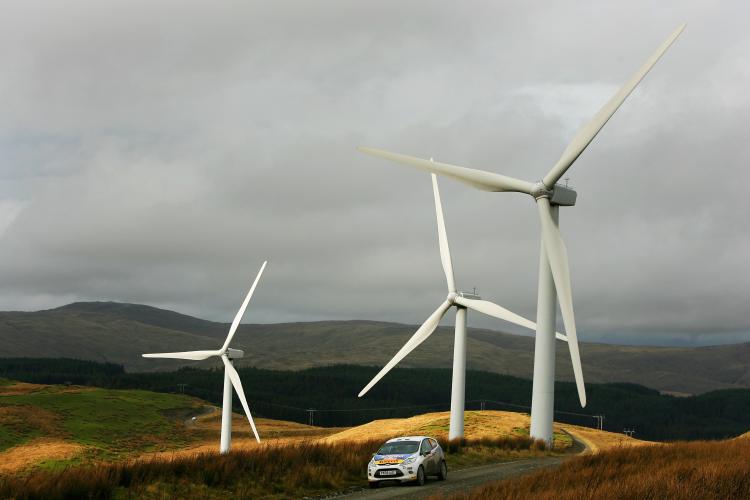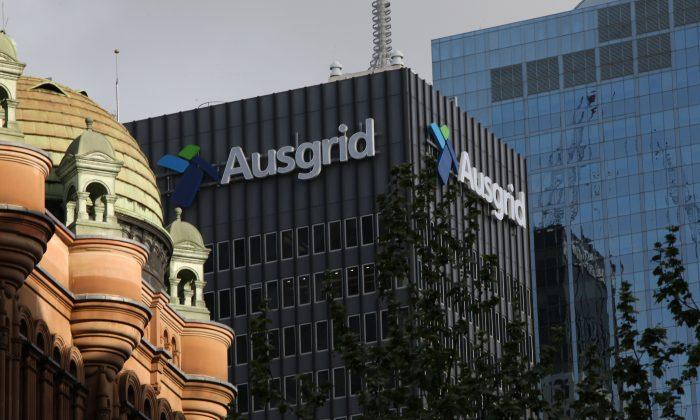According to Epuron’s website, based on an 84-turbine layout, the Gullen Range Wind Farm could supply clean, renewable energy for up to 73,500 average homes and reduce gas emissions by up to 588,000 tons (of CO2 equivalent) per annum.
However, despite wind’s power ability to cool global warming, the NIMBY (“not in my backyard”) issue remains unresolved.
Dr. Mark Diesendorf, expert on renewable energies and author of “Greenhouse Solutions with Sustainable Energy,” believes the coal and nuclear power industries are spreading bad press about wind power as it is presently their main renewable competitor, adding, “Local anti-wind groups have sucked up their propaganda.”
Fluctuation Problems
Last year, the world’s wind power capacity grew by almost a third, with the United States ahead of Asia and Europe in terms of actual installed capacity. According to Windpower, an annual American industry event, the nation’s wind fleet grew by 39 percent in 2009, equivalent to taking 10.5 millions cars off the road.
Yet, wind’s intermittent nature plus daily and seasonal variations in electricity demand, for example due to winter heating, require a backup to overcome lulls or short-term changes in supply or demand.
Denmark avoids this by using other countries’ hydroelectric facilities for storage of excess, and then buying it back at a higher price during the next period of low wind and high demand.
In Australia, Diesendorf says a backup would be new transmission links, for example, from South Australia to the East Coast grid, followed by gas turbines, pumped hydro, “flow batteries,” and possibly compressed air energy storage (CAES), if natural caverns are available to store excess electricity.
Other Hiccups
With a typical windmill having a rotor diameter of over 150 feet, disruption of a natural landscape’s aesthetics can hardly be avoided. However, turbines need to be near local power grids as transmission distance drives up the cost of electricity. Combined with other issues, such as the noise generated by “swishing” turbine blades and grinding gearboxes, and “wind turbine syndrome”, or supposed infrasound-induced health problems ranging from sleeplessness to learning disabilities, wind power is still battling inertia in many communities.
Even some conservationists are anti-wind power due to the number of birds and bats purportedly killed by wind farms. For example, the Royal Society for the Protection of Birds (RSPB) reported that nine white-tailed eagles killed by wind turbines on the isle of Smola, off Norway, during a period of 10 months in 2006, including all of the previous year’s chicks, with breeding pairs at the site down from 19 to 1.
Diesendorf explains only two or three out of many thousands of farms really have this problem due to poor siting, pointing out that powerlines, cars, and cats are much bigger bird killers, adding that the hot chimneys of coal-fired power stations also kill large numbers. He admits the visual impact is inevitable, though also a “question of taste,” while noise pollution is not an issue.
Turbines require large tracts of land to avoid wind-shadows, and according to experts, cannot be spaced closer than five times their diameter without power loss. Offshore farms overcome the land use issue, with higher and more constant wind speeds at sea, but impacts on marine systems remain a concern plus the higher costs due to longer transmission lines, increasing ocean depths, corrosion and special maintenance vessels. Floating wind farms are now at the demonstration stage, using oil platform technology, with the ability to harness even higher winds offshore.
Economics
Comparing wind with nuclear power, Diesendorf says it is now significantly cheaper “if you look at the total capital and operating costs … and the prices are coming down.”
Once set up, wind power has the cheapest operational costs. “In Europe, this is driving down the cost of electricity to consumers.”
Furthermore, “tens of thousands of people are employed by the wind industry and its component manufacturers, despite the global financial crisis.”
Like solar, wind power comprises smaller modules and can be installed as needed, making it less risky for investors.
Coupled with incentives such as subsidies and tax credits, wind power is taking off in suitable locations around the world, despite the perceived disadvantages. Diesendorf believes that with the correct government policies in place, “20-25 percent is straightforward” for the wind power component of Australia’s overall electricity generation. Combined with other renewables, such as solar and bio-electricity, this would cut the reliance on “dirty coal.”






